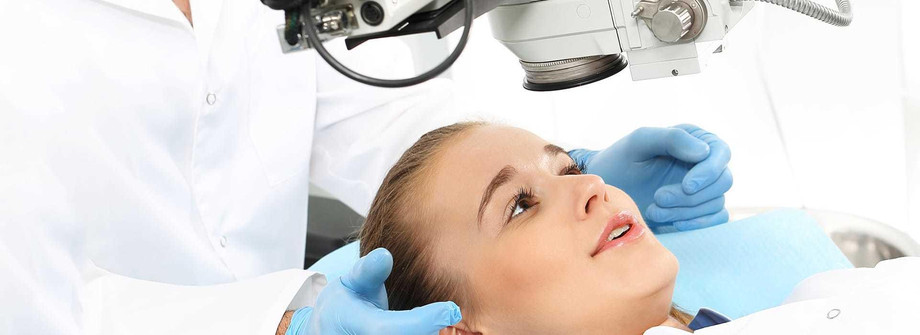Dry eye syndrome is a common yet often underestimated ocular condition that affects millions of individuals worldwide. Characterized by discomfort, irritation, and blurred vision, dry eye can significantly impact daily life and overall well-being. However, with advancements in eye care, a range of effective dry eye treatments is available to provide lasting relief and restore comfortable, clear vision.
Understanding Dry Eye Syndrome:
Dry eye syndrome occurs when the eyes do not produce enough tears or when the quality of tears is compromised. Tears are essential for maintaining eye health, providing lubrication, nourishment, and protection against infections. Without sufficient tears, the eyes can become dry, red, and irritated, leading to discomfort and potential damage to the ocular surface.
Common Causes and Risk Factors:
Various factors contribute to the development of dry eye syndrome. These include:
Age: The prevalence of dry eye tends to increase with age, particularly among individuals over 50.
Environmental Factors: Dry or windy climates, as well as prolonged exposure to air conditioning, heating, or computer screens, can exacerbate dry eye symptoms.
Medical Conditions: Conditions such as rheumatoid arthritis, diabetes, thyroid disorders, and Sjögren's syndrome are linked to dry eye.
Medications: Certain medications, including antihistamines, decongestants, and antidepressants, can reduce tear production.
Hormonal Changes: Hormonal fluctuations, such as those occurring during pregnancy or menopause, can contribute to dry eye.
Lifestyle Factors: Poor diet, dehydration, smoking, and excessive screen time can worsen dry eye symptoms.
Effective Dry Eye Treatments:
Dry eye treatment aims to alleviate symptoms, improve tear production, and protect the ocular surface. Depending on the severity of the condition, a variety of treatment options are available:
Artificial Tears: Over-the-counter artificial tear solutions provide immediate relief by supplementing the eye's natural tear film.
Prescription Eye Drops: Prescription eye drops containing anti-inflammatory agents, such as corticosteroids or cyclosporine, can help reduce inflammation and promote tear production.
Lipid-Based Tears: Lipid-based tears stabilize the tear film by replenishing the outer lipid layer, preventing excessive tear evaporation.
Punctal Plugs: Tiny plugs inserted into the tear ducts help retain tears on the eye's surface, prolonging their effectiveness.
Intense Pulsed Light Therapy: IPL therapy targets the underlying causes of dry eye by reducing inflammation in the glands responsible for tear production.
Lifestyle Modifications: Hydrating adequately, using a humidifier, taking regular breaks from screens, and incorporating omega-3 fatty acids into the diet can improve tear quality and alleviate symptoms.
Prescription Medications: In severe cases, oral medications may be prescribed to stimulate tear production or address underlying conditions.
Advanced Therapies: Emerging treatments like regenerative therapies, such as stem cell-based interventions, show promise in treating severe dry eye cases.
Long-Term Management:
Dry eye is often a chronic condition that requires ongoing management. Regular follow-up appointments with an eye care professional are essential to monitor progress and adjust treatment as needed. Additionally, adopting a comprehensive approach to eye health, including proper nutrition, hydration, and eye hygiene, can help prevent and manage dry eye symptoms over the long term.
For More Info:-
eye care center in yorktown area
eye care treatment in yorktown
best eye care services in Yorktown
































